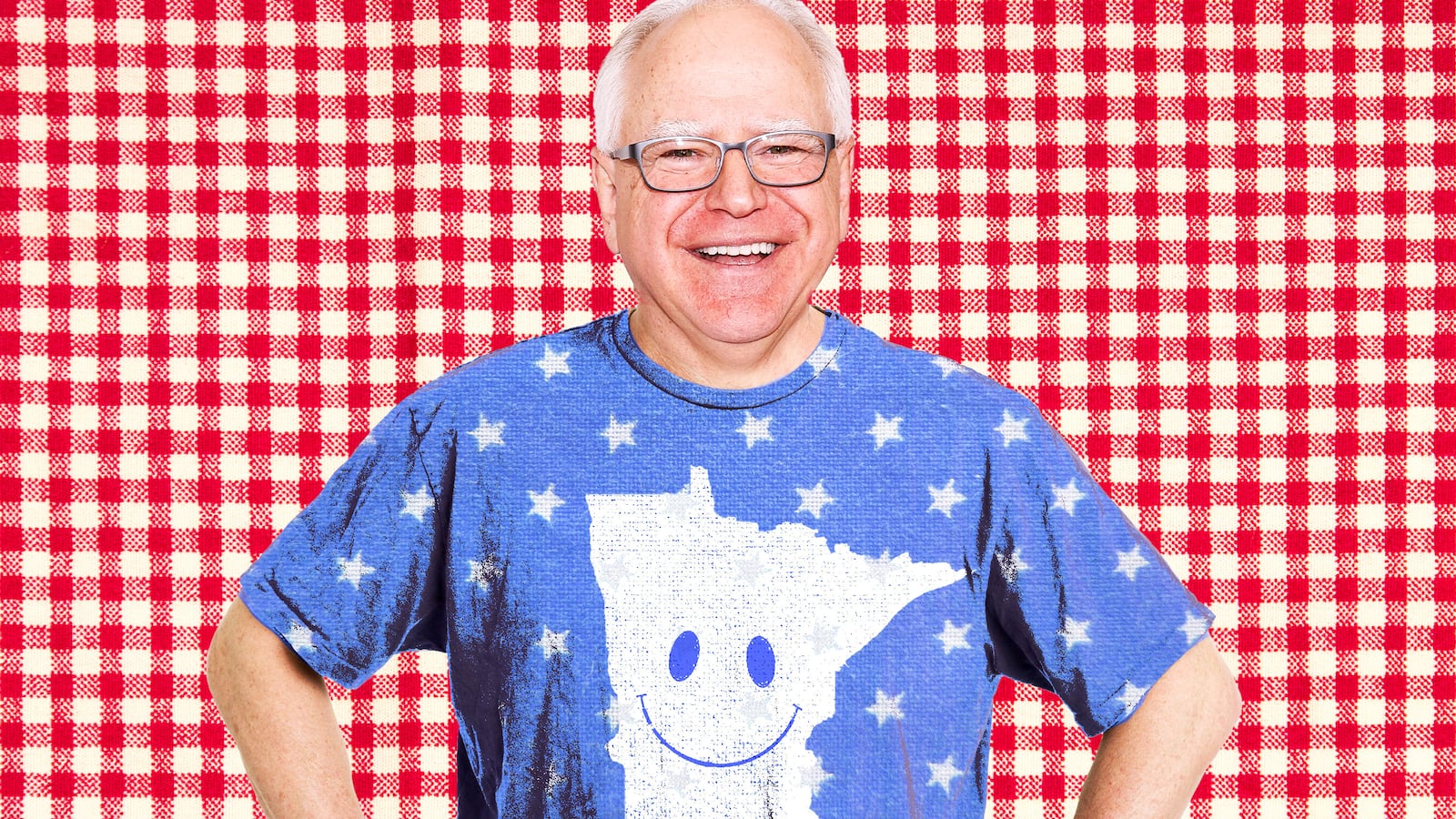Have you ever gone ice fishing in Minnesota? I have, and it sucks. Head out to one of the state’s 10,000 or so lakes during the dead of winter and you’ll see crappy, outhouse-looking structures dotting the state’s frozen-over lakes. Inside are (mostly) men bundled in puffy coats happily drinking cans of Leinenkugel for hours while waiting for some bored walleye to nibble on their line. This is what passes for fun in Minnesota.
My wife, Martha, is from there. A little town outside the Twin Cities called Chaska. Chaska was one of the many area farming communities slowly transitioning to bedroom outposts for Minneapolis and St. Paul. Mike Lindell the pillow guy went to Chaska High. Apparently, he’s a pretty nice guy when he’s not ranting about “stolen” elections. Prince used to live in a purple split-level in the next town over; he’d occasionally use the drive-through at the McDonald’s where Martha and her brother worked. Nice guy, I’m told.
That’s the thing about Minnesotans. They really are nice. They take pride in it. Maybe you’re familiar with the phrase, “Minnesota nice.” For the longest, I just assumed they used that phrase ironically. They do not. They mean it. They take pride in their niceness. For a Jersey boy like myself who grew up flipping to anybody who looked at you sideways, their niceness is inexplicable.
The state was largely settled by Swedish and Norwegian immigrants fleeing poverty and lack of opportunity in the mid to late 19th century; while not exactly unfriendly, the Scandinavians have never accrued much of a reputation for being “nice.” Aloof? Sure. Nice? Not so much. Perhaps they felt like they could let down their braids once they got to the Midwest. After all, compared to their homelands, winters in Minnesota were positively balmy! Sunlight? In the winter?!? Break out the bikinis and the lutefisk!
No wonder a guy like Governor Tim Walz should come from there. He’s a perfect example of the sort of Democratic-Farmer-Labor Party (DFL) that emerged during the FDR years, a party which also produced famous white liberals like Hubert Humphrey, Walter Mondale, Paul Wellstone, Al Franken, Eugene McCarthy, Amy Klobuchar, and the current Democratic nominee for Vice President of the United States. Not a hothead in the bunch. Just a collection of happy, pale people who care about others.
In the years since my wife last cleaned out the McDonald’s grease trap, Minnesota’s demographics have begun to change. First came the Hmong from Laos, fleeing persecution for collaborating with Americans during the Vietnam War. Then came the Somalis escaping civil war. There are also now sizeable Hispanic populations and a decent African-American population, as well. While the snowfall totals have fallen in the years since Martha grew up there, the melanin counts have decidedly risen. Politicians like Rep. Ilhan Omar—a Somali refugee—and the Black Attorney General, Keith Ellison, have become among the new faces of Minnesota Democratic politics. By most accounts, nice folks.
That niceness was rocked after the George Floyd murder and subsequent protests and riots in 2020. The state suddenly, and surprisingly, found itself idling at the unsafe intersection between racial tension and community policing. It was a devastating time for Minnesota. How did they respond? Instead of turning inwards, and choosing a reactionary state government to clamp down on the unrest, the people of Minnesota did the opposite, electing a slate of Democrats in 2022, which gave Governor Tim Walz the ability to pass his progressive agenda.
So, how does “Minnesota nice” translate into policy? If you claim to be nice, does that extend beyond a cheery “how are ya’” at the neighborhood HyVee? What does it mean for a state to embrace “niceness” as an identity? In the Walz administration, it meant making abortion a fundamental right, signing a “red flag” gun bill, protecting gay and trans people, granting paid family, medical, and sick leave for Minnesota workers, legalizing marijuana, giving free school lunches to kids, and—probably most infuriating to the rightwing—allowing undocumented immigrants to obtain driver’s licenses. All pretty nice stuff to do.
Conservatives were, naturally, outraged. After the gun legislation passed, for example, Republican Justin Eichorn complained, “Today it’s your guns, tomorrow it’s your Zamboni or your gas stove or whatever is decided to be the demon of the day.” Only in Minnesota are people worried about the fate of their Zambonis.
Personally, I don’t know whether the selection of Tim Walz as Kamala Harris’ running mate will prove decisive—or even consequential—in the coming election. But I’m heartened that Minnesota nice is going to get another opportunity to shine on the national stage. Minnesotans are no better or worse than anybody else, of course, but I do think their ethos of caring for others even when it may prove unpopular to some, is worthy of emulation. We can learn a lot from a state who chose to respond to their struggles with kindness instead of retribution. It’s an attitude I worry the United States has in too short supply.
Years ago, when Oprah Winfrey sat down with Prince for an interview, she asked about his choice to live in Minnesota. He responded that he would always live there. “Why?” she asked. He responded in such a beautiful way: “It’s so cold,” he said, “It keeps the bad people out.”
It also keeps the nice people in. I love it. Just don’t ask me to go ice fishing.







